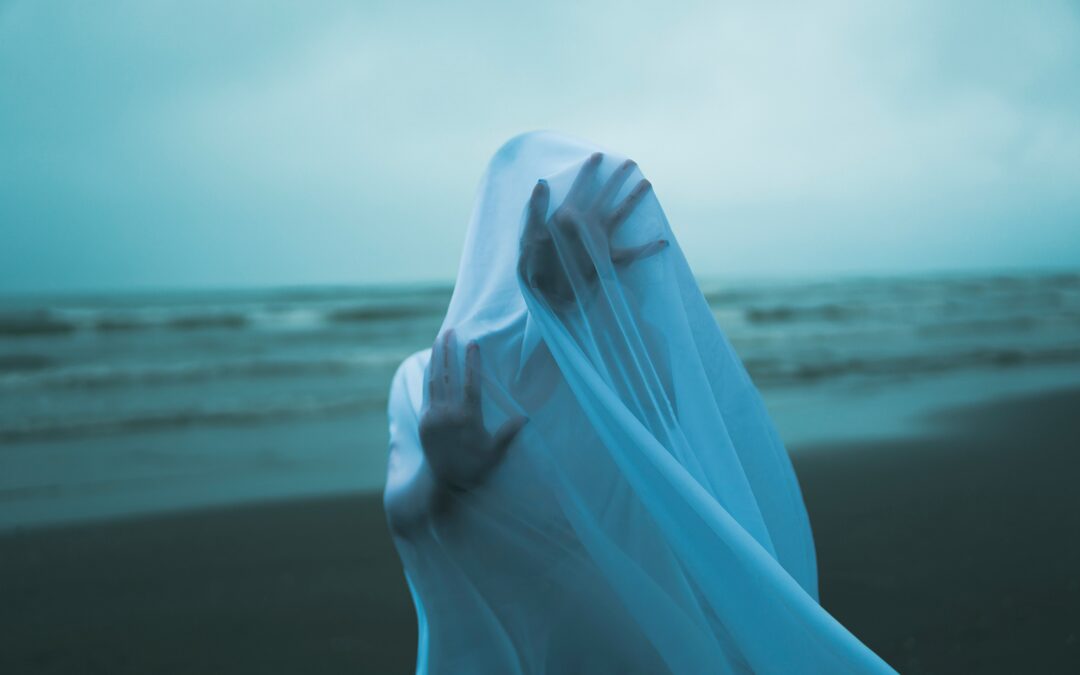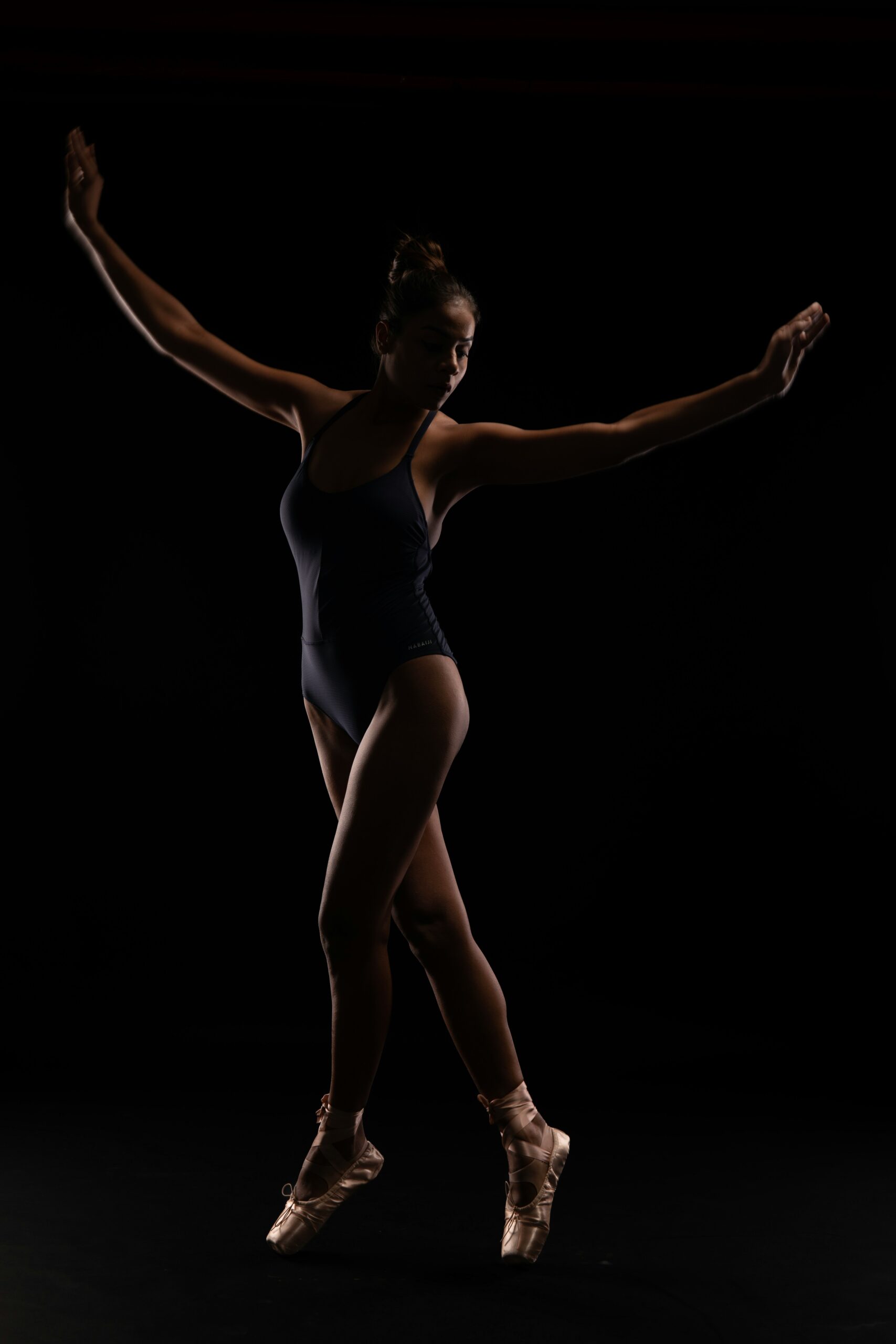When I look at the world of art today it’s impossible to ignore the powerful role photography plays. From striking gallery exhibitions to the images we share online every day photography shapes how we see and understand beauty creativity and even history. But it wasn’t always this way—photography had to fight for its place among the traditional arts.
I find it fascinating that what we now consider fine art was once dismissed as little more than a mechanical process. For decades critics and artists debated whether a photograph could ever be more than just a clever trick of technology. The journey from skepticism to acceptance reveals a lot about how we define art and value innovation.
Early Perceptions of Photography
Early reactions to photography in the 19th century reveal skepticism about its artistic value. Many critics doubted the creativity behind lens-based images, arguing about its place in the cultural hierarchy.
Photography’s Invention and Initial Reception
Photography emerged publicly in 1839 with the daguerreotype process, announced by Louis Daguerre in France. Within five years, journals in Paris, London, and New York reviewed portrait studios as curiosity shops, not art galleries. Painters like Paul Delaroche saw value, calling the invention a “new chapter” for the visual arts (Rosenblum, A World History of Photography, 1984). Others dismissed camera images as technical novelties, lacking imaginative contribution. By 1859, critic Charles Baudelaire described photographers as society’s copyists, not creators.
| Year | Key Event | Notable Reaction |
| 1839 | Daguerreotype announced | Labeled as scientific discovery |
| 1844 | First public exhibitions | Viewed as curiosities, not art |
| 1859 | Baudelaire’s critique published | Described as mechanical, anti-art |
Debates About Mechanical Reproduction
Debates about mechanical reproduction shaped early artistic judgments of photography. Press coverage routinely compared photographs to automatic prints that lacked the hand of the artist. Writers cited Walter Benjamin’s 1936 essay, “The Work of Art in the Age of Mechanical Reproduction”, to argue that mass-produced images couldn’t convey unique artistic intent. Museums listed photographic prints separately from oil paintings or lithographs, restricting them from fine art status. Auction houses like Christie’s and Sotheby’s, in reports from the late 19th century, excluded photographs in their high-value art sales.
| Institution | Treatment of Photographs | Source/Example Year |
| Museums | Displayed apart from paintings | London, 1854 |
| Art Critics | Lacked artistic imagination | Parisian reviews |
| Auction Houses | Excluded from art sales | Christie’s, 1880 |
The Shift Toward Artistic Recognition
Photography gained broader artistic recognition as practitioners and advocates challenged prior skepticism. By the late 19th century, key movements and exhibitions shifted opinions on what qualified as art.
Pictorialism and Artistic Movements
Pictorialism defined the first wave of acceptance for photography as art. Proponents like Alfred Stieglitz and Gertrude Käsebier created atmospheric, hand-manipulated prints that mimicked painting and printmaking styles. Organizations such as the Linked Ring (founded 1892 in London) and Photo-Secession (formed 1902 in New York) pushed for gallery exhibitions of photographic works, promoting creative vision over mere documentation. Movements like Modernism emerged later, championed by figures including Edward Weston and Imogen Cunningham, who favored sharp focus and abstract composition to emphasize artistic intent. These movements established photography as a medium with expressive potential parallel to painting and sculpture.
Timeline of Key Artistic Movements:
| Movement | Years Active | Key Advocates | Artistic Qualities |
| Pictorialism | 1885–1915 | Stieglitz, Käsebier | Soft focus, painterly |
| Photo-Secession | 1902–1917 | Stieglitz, White | Creative freedom |
| Modernism | 1920–1940s | Weston, Cunningham | Precision, abstraction |
Influential Photographers and Exhibitions
Photographers elevated the art form by exhibiting work in renowned galleries. Stieglitz opened “291” gallery in New York, which hosted photographic and modern art exhibitions between 1905 and 1917, helping secure institutional recognition. Photographer Julia Margaret Cameron gained acknowledgment in major London salons, showing her inventive portrait style between 1864 and 1875. Edward Steichen curated “The Family of Man” at the Museum of Modern Art in 1955, seen by over 9 million visitors globally, anchoring photography’s place in art history. Museum collections expanded to include photographic works, with the Metropolitan Museum of Art founding a dedicated Department of Photographs in 1940.
Notable Exhibitions and Institutional Acceptance:
| Exhibition/Event | Year | Location | Impact on Recognition |
| London Salon Exhibitions | 1860s–1870s | London | Early mainstream acceptance of portraits |
| “291” Gallery Openings | 1905–1917 | New York | Inclusion of photography in art dialogues |
| “The Family of Man” | 1955 | MoMA, New York | Public validation of artistic value |
| Metropolitan Museum Photography Dept. | 1940 | New York | Long-term institutional endorsement |
Artistic societies, landmark exhibits, and influential individuals transformed perspectives on what photography could achieve within fine art contexts.
Institutional Acceptance of Photography as Art
Institutional acceptance of photography as art depended on shifting norms in museums, galleries, and academic spaces. Photography gained legitimacy as curators, critics, and educators acknowledged its creative and historical value.
Museums and Galleries Embracing Photography
Art museums played key roles in establishing photography as an art form during the 20th century. The Museum of Modern Art (MoMA) in New York, for example, formed a dedicated Photography Department in 1940 under Beaumont Newhall. The International Museum of Photography at George Eastman House, opened in 1949, further reinforced institutional support. European institutions, including the Victoria and Albert Museum in London, began collecting and exhibiting photographs alongside paintings and sculpture.
I compiled a table outlining major milestones in institutional acceptance:
| Year | Institution | Milestone |
| 1929 | MoMA (New York) | Alfred Stieglitz exhibition includes photography |
| 1940 | MoMA (New York) | Photography Department established |
| 1949 | George Eastman House (Rochester) | International Museum of Photography opens |
| 1968 | The Art Institute of Chicago | Department of Photography launched |
| 1977 | San Francisco Museum of Modern Art | Photography Department formed |
Curators such as John Szarkowski at MoMA advanced critical appreciation through influential exhibitions and scholarly catalogs. These institutional endorsements marked photography’s shift from peripheral curiosity to a central component of art collections.

Photography in Academic and Critical Discourse
Institutions also established photography’s status through academic scholarship and critical writing. Universities introduced photography courses in art history and studio programs by the mid-20th century. Prominent theorists like Beaumont Newhall and Susan Sontag produced foundational texts, with Newhall’s “The History of Photography” (1949) becoming a core syllabus source.
Peer-reviewed journals and critical essays in outlets such as “Aperture” and “Artforum” provided a platform for discourse. These resources supported debate about photography’s medium-specific qualities, including authenticity, authorship, and aesthetics. As a result, academic and critical engagement contributed to shaping standards for judging photographic works, aligning them with long-established criteria for painting and sculpture.
Modern Understanding of Photography as Art
Current attitudes place photography at the center of artistic discourse, with institutions, critics, and markets treating it as a foundational medium. Museums, auction houses, and biennials feature photography alongside painting and sculpture, confirming its status as an art form.
Contemporary Perspectives
Contemporary perspectives recognize photography’s unique ability to document, interpret, and innovate. Critics and curators evaluate photographs for artistic intent, technique, and impact, using criteria established by foundational art movements. Leading voices like curator Charlotte Cotton and artist Cindy Sherman emphasize the medium’s conceptual depth and social relevance. Major exhibitions, such as documenta and the Venice Biennale, include photography in headline shows, where artists use it for political commentary, identity exploration, and aesthetic experimentation. Museum acquisitions, like MoMA’s purchase of entire photographic archives, further signal parity with traditional artworks.
Photography in Major Art Auctions (2010–2023)
| Year | Highest Price Paid | Photographer | Description |
| 2011 | $4,338,500 | Andreas Gursky | “Rhein II” |
| 2014 | $3,890,000 | Cindy Sherman | “Untitled #96” |
| 2022 | $2,700,000 | Richard Prince | “Spiritual America” |
Sales data reflects photography’s established presence in the high-end art market, supporting its status as a collectible art form.
Photography’s Role in Today’s Art World
Photography shapes contemporary art through cross-disciplinary collaboration, rapid cultural commentary, and digital innovation. Major museums maintain active photography departments; for example, the Getty and Tate Modern routinely feature solo shows of photographers like Wolfgang Tillmans and Zanele Muholi. Academics continue advancing the field with research on visual literacy, photographic ethics, and representation—attracting students to MFA programs across leading universities.
Photography Departments at Major Museums
| Museum | Photography Department Founded | Notable Exhibitions |
| MoMA | 1940 | “The Family of Man” |
| Getty Museum | 1984 | “Robert Mapplethorpe: The Perfect Moment” |
| Tate Modern | 2000 | “Wolfgang Tillmans: 2017” |
Expanded collections and scholarly attention show that photography holds equal authority with other visual arts mediums. Social platforms and online galleries now offer global audiences access to photographic works, accelerating dialogue on art and challenging traditional boundaries between artist and viewer.
Conclusion
Reflecting on photography’s journey from skepticism to celebrated art form I find it inspiring how persistence and vision transformed public perception. What was once dismissed as mechanical is now recognized for its creative depth and cultural significance.
Photography’s acceptance wasn’t just about changing minds—it reshaped how we define and experience art itself. Today I see photography standing confidently alongside painting and sculpture continuing to push boundaries and spark new conversations in the art world.


